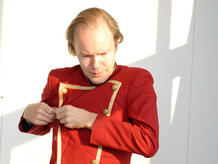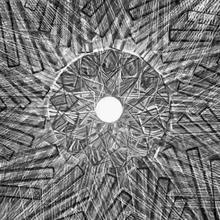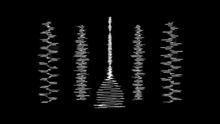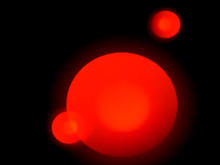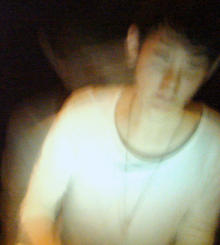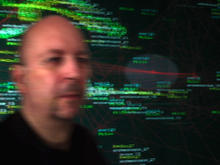RedUniverse
(2007)by Mark d'Inverno and Fredrik Olofsson. This is basically a set of tools for sonification and visualisation of dynamic systems. It lets us build and experiment with systems as they are running.
"With the help of these tools we can quickly try out ideas around simple audiovisual mappings, as well as code very complex agents with strange behaviours.
The toolkit consists of three basic things... Objects, Worlds and a Universe. Supporting these are additional classes for things like particle systems, genetic algorithms, plotting, audio analysis etc. but preferably many of these functions you will want to code your self as a user.
We have chosen to work in the programming language SuperCollider as it provides tight integration between realtime sound synthesis and graphics. It also allows for minimal classes that are easy to customise and extend. SuperCollider is also open for communication with other programs and it run cross-platform.
So to take full advantage of our toolkit, good knowledge of this programming language is required. We do provide helpfiles and examples as templates for exploration, but the more interesting features, like the ability to live-code agents, are hard to fully utilise without knowing this language."
Source: Fredrik Olofsson's blog


